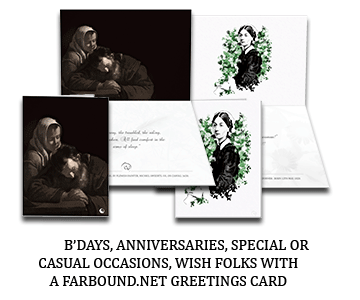A vintage photo archived with the National Library of Congress shows a French army sergeant and his canine companion wearing gas masks while on duty on the Western Front in 1916. Dimly visible in the background are two stretcher-bearers transporting a wounded back to base for medical attention – clearly suggesting this photo was captured quite close to the action.
Chemical warfare was one of the defining features of World War I and the first weapon of war to be banned by the Geneva Convention in 1925. Employed extensively by the Central Powers and the Allied Nations to incapacitate their opponents, especially in the trenches, chemicals like chlorine, phosgene, diphosgene, chloropicrin and dichloroethly sulphide were used to produce some 46 types of poisonous gases that were directly responsible for nearly 1.3 million casualties and 1,00,000 confirmed deaths.
Killer Gases.
Like ordnance, ammunition and other necessary weapons of war, these killer gases were mass-produced on an industrial scale with approximately 1,25,000 tons used in combat. The first combatant to use chemicals in battle were the French. In the Battle of the Frontiers, August 1914, the French had bombarded German positions at Alsace and Lorraine with rifle grenades loaded with ethyl bromoacetate, a chemical compound more commonly known as the ‘tear gas’.
Some eight months later, on the 22nd of April 1915, the Germans had unleashed 170 tons of chlorine on French, Moroccan and Algerian troops at Langemarck in West Flanders, Belgium. On the 25th of September 1915, in what was a British retaliation, 140 tons of chlorine and 10,000 smoke bombs filled with phosphorus were used to harass the Germans at Loos in Northern France. In June 1916, Austro-Hungarian armies had targeted the Italians with a mixture of chlorine and phosgene, and by 1917, all involved nations had joined the fray.
The M2 Gas Masks.

The French soldier in the photo is wearing an M2 gas mask that was originally issued in March, 1916 and subsequently upgraded in April, 1916. The M2 was a one-piece mask with sewn-in goggles and thick antigas pads for protection. It is said to have provided protection against various chemicals, including chlorine and phosgene, for up to six hours. This gasmask had evolved out of an earlier variety known as Tampon P, which, in its final version, the Tampon TN, had included three pads soaked in a different chemical solution – usually castor oil, sodium ricinate, sodium sulfanilate and nickel acetate.
The Chemist’s War: Gas Masks and Killer Gases.
Gas masks were a natural byproduct of World War I, which is also known as the Chemist’s War because of the extensive use of chemicals in warfare. The obsession was such among the combatants that nearly all the major powers had invested heavily in producing stronger and more lethal killing gases – especially the German Empire, which in 1917 had introduced the ‘Mustard Gas’, the deadliest of all the killer gases.
In this war, and like the armies of the belligerent nations, gas masks and killer gases had constantly contested and evolved to gain the upper hand. For the Allied Nations, the race to invent a better and more efficient gas mask had started with the German attack on the French line at Langemarck, a village that lay to the north of Ypres.
For the Germans, it was possibly the battle at Loos.
Gas masks for Horses and Dogs.
Horses, mules and especially canines were also issued with gas masks for better protection. In the case of canines, the protective masks were specially made to cover the face, including the eyes. Eyepieces were mandatory, and in most models, up to eight layers of woven cotton gauze, each chemically treated, were used to filter the air. The muzzle portion had enough space for the canines to comfortably work their jaws.
Furthermore, special medical units and teams of veterinarians were stationed near at hand to tend to wounds and treat the canines for exhaustion and gas exposure. The British Blue Cross and the American Red Star Animal Relief were two animal welfare groups that provided care.
The use of killing gases by the combatants, especially Britain, France and Germany, was a direct violation of the Hague Declaration of 1899 and the Hague Convention on Land Warfare of 1907. However, right up till the end of the conflict, these nations had relied heavily on killer gases to gain the advantage.






